Eritrea
A little over a year after Ethiopia and Eritrea restored diplomatic relations, residents and traders in the border towns are worried by the stalled progress.
While the Ethiopian prime minister, Abiy Ahmed was in Eritrea last week, borders remain closed, with little communication from both sides on what is holding up implementation of a peace deal signed last year.
The Zalambessa border crossing closed at the end of last year without explanation as leaders have remained silent. Others crossings followed suit.
“When they shut the border so soon after opening it, that was the saddest moment,” said Teklit Amare.
Amare says he now struggles to pay his rent at the Peace and Love Cafe near the newly-opened border which overflowed with customers just after the peace deal was signed.
Roller coaster of emotions
The feeling is widely shared in Zalambessa, a town where battered buildings highlight the damage wrought by the Ethiopia-Eritrea border war, which erupted in 1998 and left tens of thousands dead.
During the stalemate that followed the end of active hostilities in 2000, Zalambessa was all but abandoned, deprived of infrastructure and other investments.
“After the opening it was very obvious that everybody was happy. They want to trade, to have these connections,” said Hadush Desta, Zalambessa’s top municipal official.
“But now, because of no reason, it’s closed. People are emotional about it. They say, ‘Why is this happening to us?’”
What went wrong?
The border opening was just one breakthrough in the whip-fast rapprochement between Ethiopian Prime Minister Abiy Ahmed and Eritrean President Isaias Afwerki that began just over a year ago.
Following Abiy’s initial overtures, the two sides embarked on a rapid mending of ties that caught even close observers by surprise, re-opening embassies, resuming flights and taking meetings across the region.
But enthusiasm for the deal has given way to frustration, and not just near the border.
On other goals too, from inking new trade deals to granting Ethiopia access to Eritrea’s ports, high initial hopes have gone unmet.
The lack of communication from both governments makes it difficult to pinpoint why the peace process appears stuck.
“As they say, the devil is in the details. We are not so clear what is going on,” said Abebe Aynete, an Addis Ababa-based senior researcher with the Ethiopian Foreign Relations and Strategic Studies think tank.
Is Eritrea dragging?
Many analysts and diplomats suspect Eritrea is guilty of foot-dragging.
Opening up to Ethiopia would force Isaias to surrender a measure of control, something his critics say he is unlikely to do.
“I personally believe that as long as the current group in Asmara stays in power, I don’t think the border will open and the two countries will not proceed to normal relations,” said Mehari Tesfamichael, chairperson of the opposition Eritrean Bright Future Movement.
Isaias’ notoriously iron-fisted government has long cited the standoff with Ethiopia in justifying harsh policies like compulsory national service, which forces citizens into specific jobs at low pay and bans them from travelling abroad.
Last October, the UN refugee agency noted a seven-fold increase in refugees fleeing Eritrea after the borders opened, with around 10,000 refugees registered in one month.
The peace deal “provided some hope that restrictions on national service would be lifted, but so far there has been little change” in Eritrea, said Human Rights Watch.
Abiy’s domestic problems
Ethiopia’s domestic politics could also be part of the problem.
Abiy’s ambitious reform agenda has run into roadblocks, a fact underscored by the assassination last month of five government and military officials.
The changing landscape has inflamed tensions between Abiy and the Tigrayan People’s Liberation Front (TPLF), the party that dominates the northern Tigray region and was the strongest political force in the country before Abiy came to power.
Tigray’s administration of Ethiopian border areas means the TPLF should be a major player in normalising ties with Eritrea, provided it plays along.
“Solving issues related to the border ideally needs the full cooperation of Tigray and the TPLF. That isn’t what we have right now,” said William Davison, senior analyst at the International Crisis Group think tank.
“We have significant rifts between TPLF and its ruling coalition partners and also disputes between the Tigray region and the federal government in Addis.”
However observers say it’s important not to lose sight of the progress that’s been made.
“Up front we have to acknowledge that we’re in a much better place than we were before the rapprochement, when the possibility of state-on-state conflict was quite high,” said Michael Woldemariam, an expert on the Horn of Africa at Boston University.
READ MORE: A year on, Ethiopia, Eritrea working to fully implement July 9 peace dealAFP



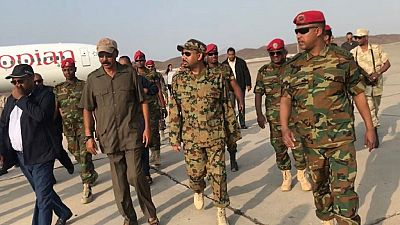

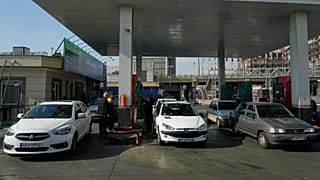
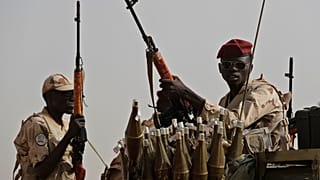
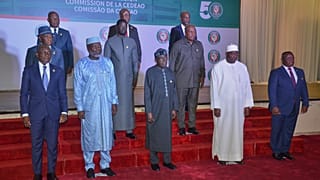
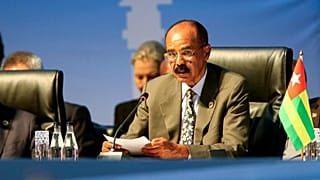
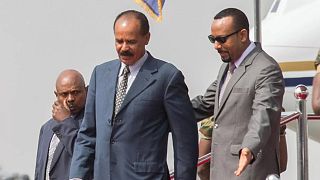
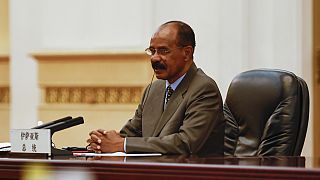
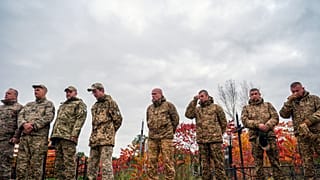
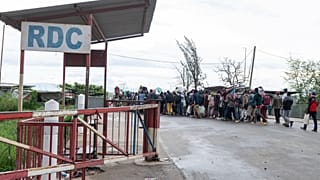

01:05
Senegal to suspend all extraditions to France
01:04
Ethiopia to hold general election on 1 June 2026
00:55
Ghana condemns 'inhumane' treatment of travellers at Israel airport
Go to video
Ethiopia eyes sea access amid rising tensions
01:41
Eritrean Biniam Girmay hired as lead cyclist for former Israeli team
01:01
Marburg outbreak worsens in Ethiopia as death toll rises to six